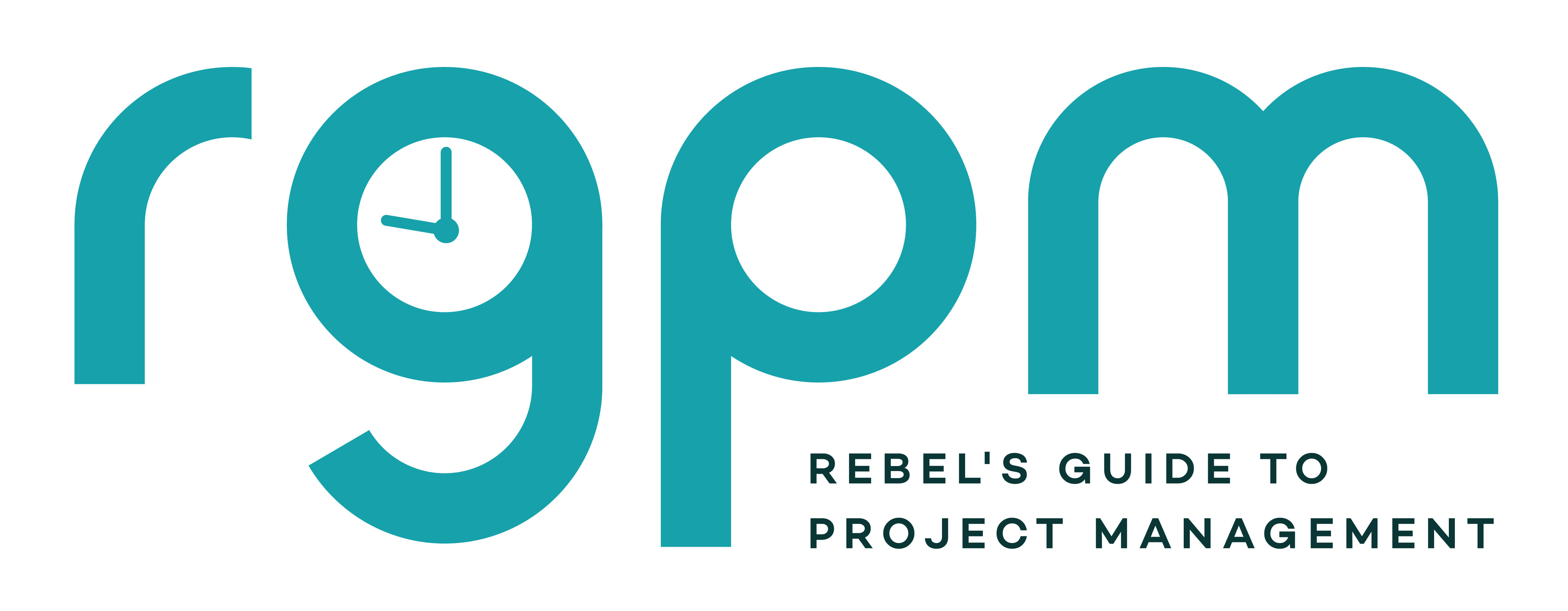The Best and Worst Email Habits for Project Managers
This blog is reader-supported. When you purchase something through an affiliate link on this site, I may earn some coffee money. Thanks! Learn more.
I don’t know about you, but we still rely heavily on email communication in project management. That, along with Teams messages, are the main ways we communicate.
I’m not alone, McKinsey reports that knowledge works spend 28% of the work week managing email. Microsoft’s research shows that users get 117 emails a day, most of them skimmed in under 60 seconds. Sounds like my lunchbreak.
Email is a vital tool for us all, but if you’ve ever come back from a week off and found your inbox full of 300 messages (most of which you don’t need to action), you’ll know how important it is for good email housekeeping.
Good email practice can streamline workflows – whereas the reverse causes confusion and frustration. With over 25 years of practice writing emails, I’ve got some good and bad email habits to share below so you can level up the way you interact with your team. These will keep teams aligned (or drive the bonkers if it doesn’t work effectively).

The 5 best email habits (what works)
Let’s start with what works, what’s good email etiquette in project management (and in business overall). These are email productivity tips that work:
- Clear and concise subject lines
- Keep emails brief and actionable
- Use CC and BCC properly
- Set clear action items
- Use templates for recurring messages
I love getting email messages from some colleagues as I know they will get to the point. Messages from other colleagues are… not quite as good. Let’s look at each of those points in turn below.
1. Use clear and concise subject lines
A descriptive subject line improves email efficiency, because people can see from their inbox what they have to do.
Good subject lines:
- FOR ACTION: Steering deck to review
- FOR INFO: Out of the office on Friday
- FOR APPROVAL: Decision on purchase
These are clear and they summarise at the beginning what level of importance they carry.
Bad subject lines (these are real subject lines from my inbox, depersonalized!):
- Fw: Systems (what is this about?)
- Project Name (there’s loads of comms on this project, what is this one specifically about)
- Meeting notes (what’s the meeting?)
Take a look through your inbox and you’ll probably find more examples.
2. Keep emails brief and action-oriented
Effective email communication at work means making it clear what you want. Long-winded emails dilute key messages because people scan information.
Use bullet points or put key information in bold so it’s called out when someone quickly scans through.
Read through your mails before you send them and try to take out words.
3. Use CC and BCC properly
Using the ‘carbon copy’ and ‘blind carbon copy’ functionality properly is part of professional email best practice.
You’ve probably been CC’d into emails where you haven’t needed the info, although as a project manager I know from my own experience we often want (or need) to know what is going on. But cc’ing someone’s boss for the sake of it isn’t a good idea.
Use the CC field to copy the email to people who genuinely need to know.
If you want to drop people off the list, you can move them to BCC, so that when someone ‘replies all’ (more on that later), they don’t get the rest of the chain. For example:
“Moving Claire and Elizabeth to BCC so the technical team can continue this – we’ll loop you into the decision.”
4. Set clear action items and deadlines
Effective email communication in teams means that every email should clearly define tasks and next steps.
For example: “Please submit your report by Friday, EOD” vs. “Let me know what you think.”
If you use your inbox as your To Do list like I do, this is really helpful!
5. Use templates for recurring emails
Templates savetime and keep regular communication consistent so people know what to expect. For example, I have a standard weekly report email that I send out each Friday.
I take the last email from my Sent folder, edit the subject line and paste in the new content, and the structure says the same. The email addresses are then already populated (I have to remember to take Fw out of the subject line and update the subject line with today’s date.
You can template project updates, meeting follow-ups and other regular comms.
Get my template for a handover email to clients. I also have more email templates for handing over work to a colleague or writing a handover to your manager.
The 5 worst email habits (what to avoid)
So if that’s what works, what do you need to look out for? According to data shared by the Financial Times, you and the people you work with are interrupted on average every two minutes by meetings, emails or notifications. So you really want to manage your time effectively.
Here are some common email mistakes to avoid.
1. Overloading inboxes with unnecessary emails
Too many emails lead to email fatigue and people missing important content. How many unread emails in your inbox?
My first top tip is to avoid sending too many emails for minor updates instead of using a project management tool, or collaboration tool like Teams or Slack. Inbox congestion just means things don’t get responded to.
Do this instead: Use the software you have to manage updates where you can so you keep short, chatty-type updates to a minimum. Add comments to the
If you’re worried about emails landing when the person is out of the office, use schedule send. I do this to make sure emails arrive at a time I know the person is going to be at their desk.
Keep important stuff for emails, or things that you need to have documented for historical or audit purposes.
2. Being vague or ambiguous
Unclear messaging leads to confusion and even more follow-up emails.
For example: “Can you handle this?” vs. “Please review the attached file and send feedback by Thursday.”
Do this instead: Be specific and clear, listing out the essential details. And if you can’t be, think about whether it’s worth sending the email at all.
Being able to communicate clearly is part of project management communication skills, so hopefully this one is not a stretch.
3. Reply-all abuse and unnecessary email chains
Excessive reply-alls clutter inboxes and frustrate teams, because it’s hard to know who the action is directed to.
The 5-email rule
When an email thread gets to 5 messages, take it off email and have a conversation about it. This is a tactic I talk about in my book, Managing Multiple Projects.
Do this instead: Use direct replies instead, to the relevant stakeholders. If you need to send a general update, do that once there is something concrete.
4. Ignoring tone and professionalism
Don’t ignore tone of voice or professional email etiquette. Poorly worded or overly casual emails can lead to misunderstandings.
What this looks like in practice is:
- Not sending an emoji back as a reply
- Saying thank you in the body of the email
- Opening and closing the email professionally “Hello/Dear…” and closing phrases like “Kind regards/Best regards” etc.
Do this instead: Follow good email writing best practice. Re-read your emails before you send them. Set up a sending delay if you’re worried about firing off an email without doing the proper checks.
Check out my guide to project quality management, assurance and control to help with professionalism on the job.
5. Delaying responses or failing to acknowledge emails
Don’t delay sending a response (if you can help it). Long response times slow down project momentum and often the situation moves on before you get to the message.
However, I would strongly advise to balance that with not feeling like you have to check your emails all day every day. Multi-tasking is definitely not the best approach, so discuss as a team what acceptable email response times are. Schedule time for email responses.
Don’t forget to acknowledge the emails that need a response. If it’s something like ‘here’s the file you asked for’, you could send back a thank you message, but isn’t that simply sending an email for the sake of it? It’s clutter in their inbox.
Take direction from the culture of your team, I wouldn’t email back and I felt like there was a need for an acknowledgement, I would drop someone a message on Teams.
Do this instead: Acknowledge messages with a quick response emoji (Microsoft Outlook functionality).
If a message requires timebound action (“can you do this by end of day?”) then I would send a message back saying yes.
Quick team actions to implement next
Here are some quick actions you can work on with the team:
- Set up team guidelines for email use – co-create email standards with everyone else
- Encourage team members to audit their email habits and talk about what good practice looks like
- Call out examples of good emails (I’d avoid highlighting bad examples in a team setting) to share what good looks like.
You don’t have to do an inbox detox or get to inbox zero. You just have to have working practices that make sense and let your team get on to do their best work.
